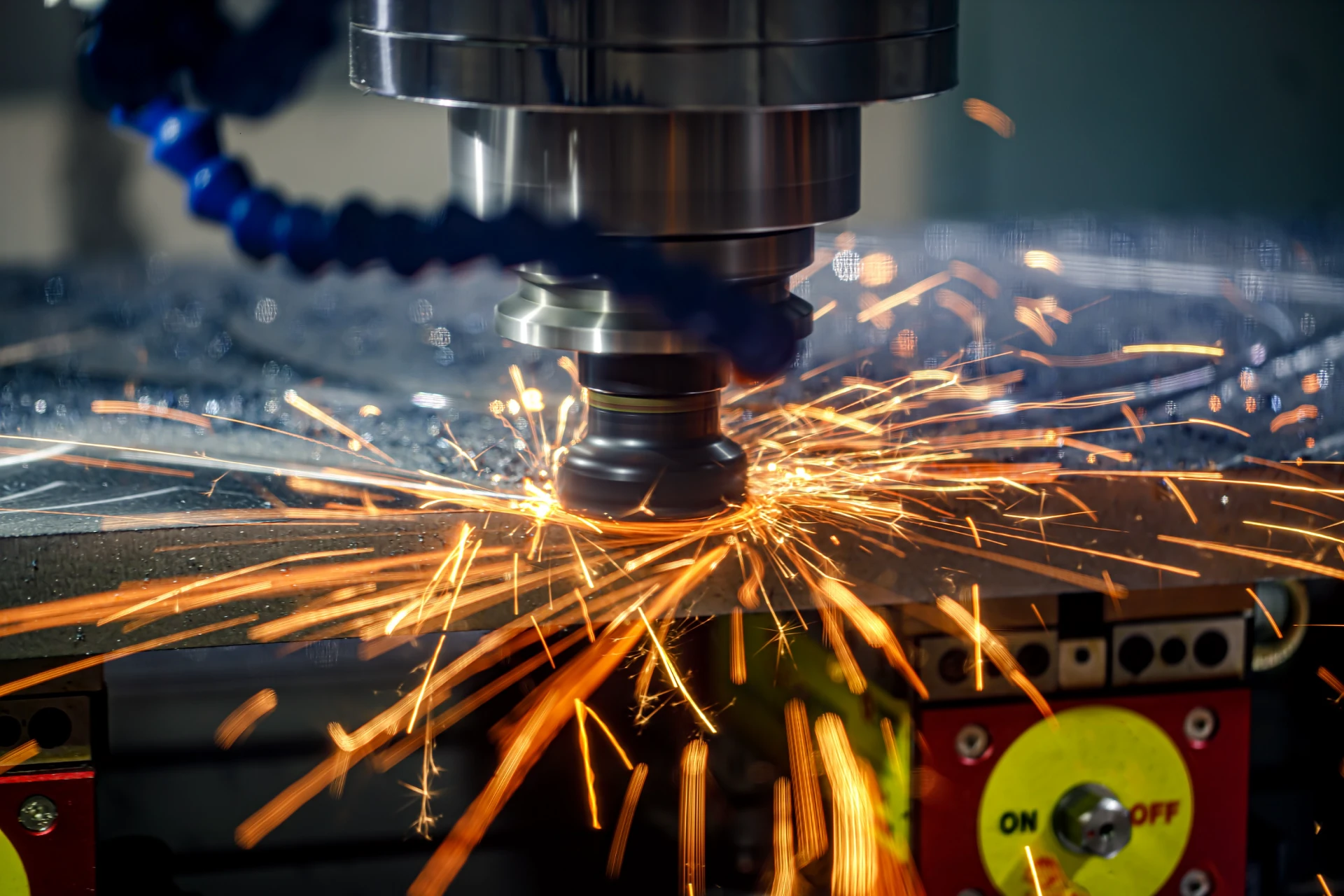precision casting processes
Understanding Precision Casting Processes
Precision casting processes are renowned for their ability to produce intricate metal components with high accuracy and excellent surface finishes. These methods are vital in industries ranging from aerospace to automotive, where the performance and reliability of each component can significantly impact overall functionality. In this article, we will explore the various types of precision casting processes, their advantages, and their applications.
What is Precision Casting?
Precision casting, also known as investment casting or lost-wax casting, involves creating a mold around a model, allowing for the precise replication of complex geometries. The model is typically made from wax, which is melted away to leave a detailed cavity in the mold for the molten metal to flow into. This technique enables manufacturers to produce parts with minimal machining required afterward, saving both time and material costs.
Types of Precision Casting Processes
1. Investment Casting Perhaps the most widely recognized precision casting method, investment casting uses a wax pattern to create a mold. The pattern is coated with a ceramic shell that hardens. Once set, the mold is heated to remove the wax, leaving a cavity for the molten metal. This process can handle a variety of metals, including aluminum, steel, and bronze, making it incredibly versatile.
2. Lost Foam Casting In this method, a foam pattern is used instead of a wax model. The foam is coated with a refractory material to form the mold. When the molten metal is poured into the mold, it vaporizes the foam pattern, leaving a precise cavity. Lost foam casting is advantageous for producing complex shapes and is often used in automotive parts manufacturing.
3. Shell Molding This process involves making a thin shell mold from a mixture of sand and thermosetting resin. This shell is strong enough to retain its shape during pouring. Shell molding offers improved dimensional accuracy and faster cycle times, making it suitable for high-volume production.
4. 3D Printing and Additive Manufacturing Advanced technologies such as 3D printing are increasingly being integrated into precision casting. The ability to create highly complex patterns through additive manufacturing allows for greater design freedom and efficiency in creating molds.
precision casting processes

Advantages of Precision Casting
Precision casting offers a multitude of benefits that make it an attractive option for manufacturers
- High Accuracy As the name suggests, precision casting is capable of producing parts with very tight tolerances, often within ±0.5 mm. This precision is critical for applications requiring interlocking components or high-performance requirements.
- Complex Geometries The ability to easily create intricate shapes and fine details is a hallmark of precision casting, allowing for innovations in design and engineering that would be challenging to achieve through other methods.
- Material Efficiency The process often results in minimal waste, as the molds can be designed to precisely match the final part shape, reducing the need for extensive machining and trimming.
- Quality Surface Finishes Precision casting typically yields excellent surface finishes, limiting the need for further processing and contributing to lower overall production costs.
Applications
Precision casting is employed in a diverse range of applications. In the aerospace industry, precision cast components such as turbine blades must withstand extreme conditions while maintaining structural integrity. In the automotive sector, precision casting is used to manufacture parts like engine blocks, transmission cases, and various drivetrain components, which must precisely fit and function effectively under high stress.
In summary, precision casting processes play a foundational role in modern manufacturing, appreciated for their accuracy, versatility, and overall efficiency. Advances in technology continue to enhance these methods, promising even greater possibilities for the future as industries strive for innovation and improved performance. As we move forward, the role of precision casting in sophisticated production will only grow, fostering new developments and applications across multiple sectors.
-
OEM Sand Cast Pump Valve Fittings - Baoding Hairun | Precision Engineering, CustomizableNewsJul.30,2025
-
OEM Sand Cast Pump Valve Fittings - Baoding Hairun Machinery And Equipment Trading Co., Ltd.NewsJul.30,2025
-
OEM Sand Cast Pump Valve Fittings - Baoding Hairun Machinery And Equipment Trading Co., Ltd.NewsJul.30,2025
-
OEM Sand Cast Pump Valve Fittings - Baoding Hairun Machinery|Precision Engineering&Fluid ControlNewsJul.30,2025
-
OEM Sand Cast Pump Valve Fittings - Baoding Hairun Machinery And Equipment Trading Co., Ltd.NewsJul.30,2025
-
OEM Sand Cast Pump Valve Fittings-Baoding Hairun Machinery And Equipment Trading Co., Ltd.NewsJul.30,2025















